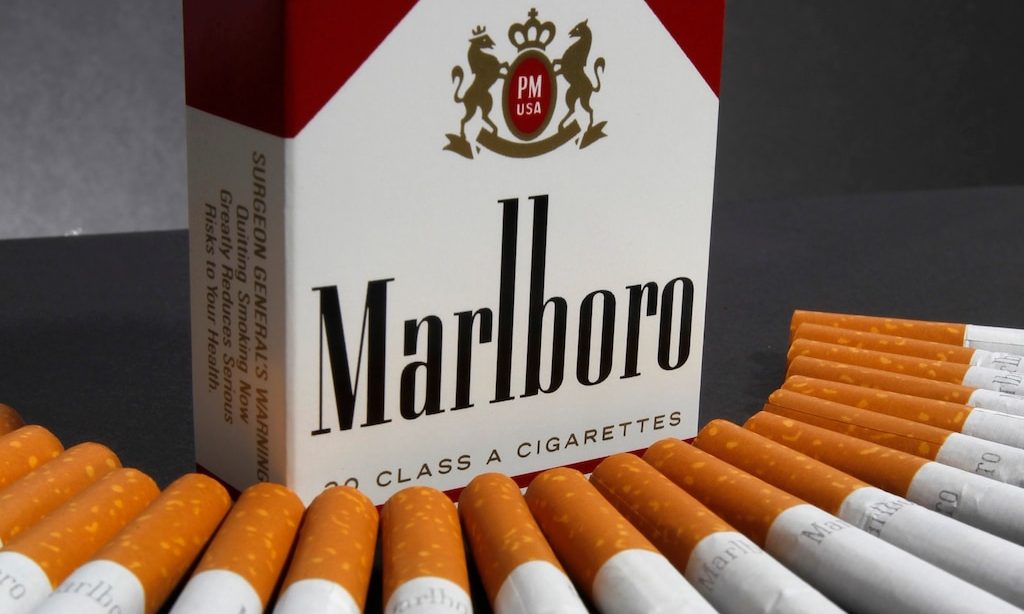Have you ever wondered where a smoker got such a habitual pack when trying to buy cigarettes? Meanwhile, the history of the cigarette pack has been a whole layer in the development of the tobacco industry and research into consumer addiction. The appearance of cigarettes naturally raised the question of how these cigarettes should be packaged. The cigars were delivered in wooden boxes. And tobacco was more convenient to buy cigarettes.
But how to sell finished cigarettes so that the buyer does not break them, do not scatter them – that is primarily a puzzle to manufacturers. It would be too expensive to sell the cigarettes in wooden boxes and few could afford such luxury. So a soft pack appeared. The usual wrap a certain number of cigarettes in paper with the name of the brand. The first soft packs were very fragile and were needed to make it easier for the Australia consumers to buy cigarettes. Later the soft pack received a number of improvements such as an additional layer of film.
Even so, the disadvantages of paper packaging were obvious. The pack, which generously spilled its contents, lay in a trouser pocket, the cigarettes broke and lost their original appearance. Has been replaced with a cardboard box that can still be used to buy cigarettes in the Australia. It was more convenient and practical than its predecessor. This design is familiar to every modern smoker as it has not fundamentally changed since the 1950s of the last century.
In the future, the format of the cigarette packs depended more on the format of the cigarettes themselves. The packs with SuperSlims, Nanokings and other formats have appeared. One of the newest packaging formats is demi. The compact, neat backpack with rounded corners doesn’t take up much space in your pocket or bag. The packaging is made in a modern style and still includes a cardboard box with a hinged lid, which confirms the statement about the immutability of the classic design.
